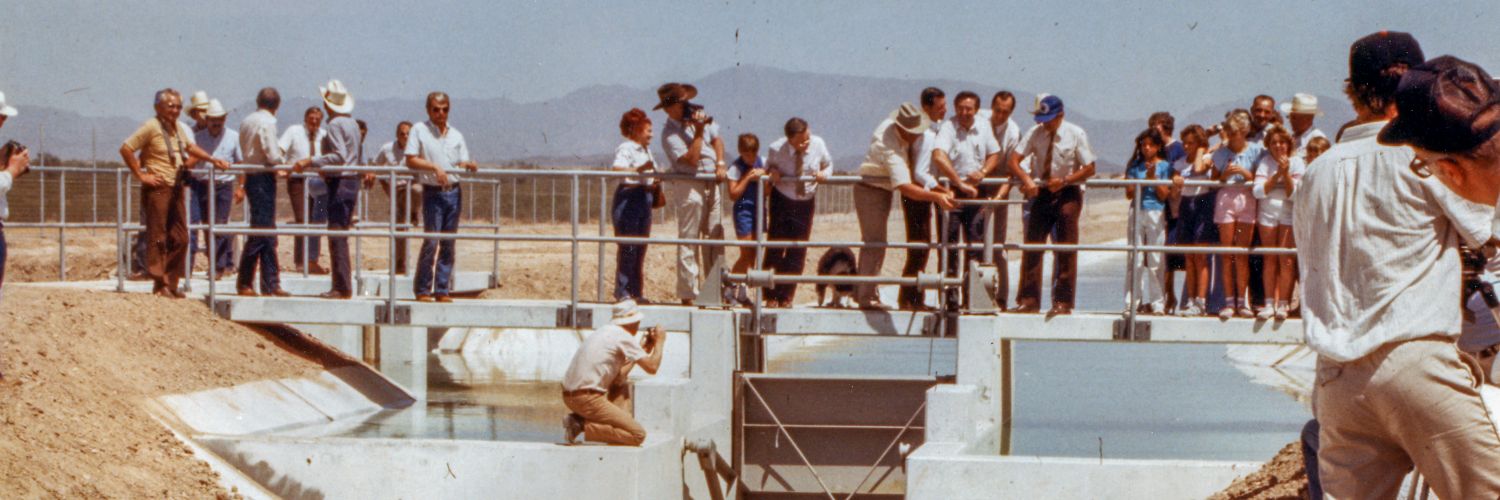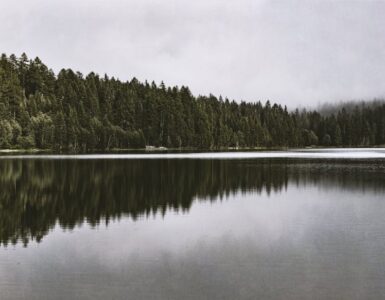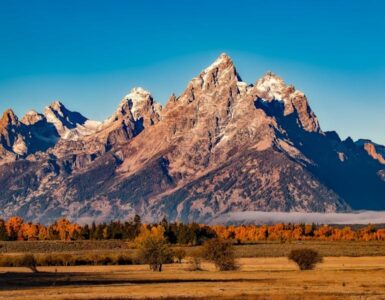Arizona’s engineering masterpiece, the Central Arizona Project (CAP), is celebrating 35 years of delivering Colorado River water to the state’s populous regions.
The decades-long struggle to get the canal project approved and then built in some of Arizona’s most unforgiving landscape, is legend. But its economic impact cannot be overstated.
Among the fruits of its labor? The booming Sonoran Corridor megaregion that encompasses metropolitan Phoenix and Tucson.

“Central Arizona Project is the largest water provider in Arizona. It’s instrumental in bringing over half of Arizona’s entitlement of Colorado into Central and Southern Arizona where, with few exceptions, there’s not a lot of surface water,” General Manager Ted Cooke said during a Horizon episode celebrating the anniversary and the amazing feat of construction.
Since making its first water delivery in 1985 to farmers in the Harquahala Valley Irrigation District west of downtown Phoenix, the winding canal has generated more than $2 trillion for the state’s economy, according to an analysis conducted by the W.P. Carey School of Business at Arizona State University.
Today, the canal system’s water deliveries generate approximately $100 billion annually into the state’s economy.
CAP’s supply of water to its customers in 2017 alone is estimated at annual employment of nearly 1.6 million jobs.
The top five sectors that have benefited most since CAP’s water deliveries began are government, healthcare, real estate and travel, retail and construction, the ASU analysis shows.
Decades of struggle to get congressional approval
Prior to CAP, inland farmers had been using precious groundwater, so the ability to use surface water supplies was important not only for them, but for the entire state. The first delivery heralded a new era for water use and sustainability.
Efforts to get the project approved started in the mid 1940s, Cooke said. Arizona finally succeeded in 1968. But not without a cost. It had to agree to hold only “junior” priority rights to the river, meaning it suffers deeper cuts in water supplies than other states when shortages occur.
Engineers from ‘70s and ‘80s ahead of their time

Finally, in 1973, CAP construction began just outside of Lake Havasu. It took 12 years to build the first 100 miles of the canal system through unforgiving landscape, including drilling through 22 miles of Buckskin Mountain.
“It meanders — on purpose — over those many miles to take advantage of the terrain,” Cooke said. “Sometimes the canal has to be above the ground and sometimes it has to be below ground with less than 5 inches per minute of decline before it has to be pumped again to take advantage of the natural terrain to get the water to move.
“It’s an engineering marvel that was done in the 1970s and early 1980s. It just boggles the mind.”
Water policy leadership role
CAP has also been a major player and influencer in water decisions including a leading role in the seven-state-and-Mexico drought contingency plan (DCP) passed by the U.S. Congress and signed by President Donald Trump last year.
At the time, the state was facing a water crisis with the mighty river diminishing under the heat of a 19-year drought, the longest in Arizona recorded history.

The legally-binding DCP requires water holders like CAP to cut back on water supplies and store up water in the river’s two main holding “tanks,” Lake Mead and Lake Powell.
CAP and its governing board, the Central Arizona Water Conservation District, contributed leadership, funding and expertise to push the legislation through.
Cooke and Arizona Department of Water Resources Director Tom Buschatzke, co-led the wieldy, often contentious, 40-member statewide steering committee of competing water interests that was charged with negotiating Arizona’s piece of the DCP.

With the DCP in place, a water crisis for the Southwest was averted. Now, state leaders are starting to prepare for the next DCP in 2026, and to find other ways to shore up water for the future. To view more about this engineering marvel, go to: Thirty-five years of delivering Colorado River water.
















Add comment